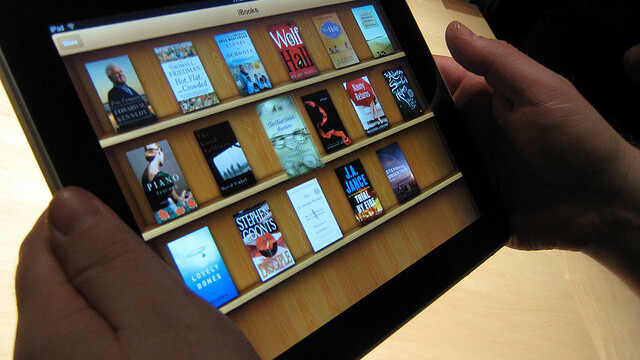
How does a company that focuses on comic books plan to upend the entire publishing industry? According to Graphicly CEO Micah Baldwin, all it takes is a slight change of focus. I spent a bit chatting with the TechStars alum about the industry, where Graphicly has been and most importantly where it is going. For any type of publication that is graphics-intensive, what Baldwin had to share is huge.
The problems are simple. The solutions are anything but:
- Publishers are spending way too much time making sure that they’re on Kindle, iBooks, Nook and all the rest.
- There’s no real way to track engagement with books after publishing.
- Analytics are widespread, and differ for every publisher.
Step 1 of Graphicly’s plan is that shift of focus. Until recently, the company was aimed solely at comic books (graphic novels, if you will). Baldwin wanted to bring that community experience of comic book book shopping to the Internet and the team did so by providing a robust suite of tools to help writers publish easily, and a store that showcased only the best.
But Baldwin says that there’s an obvious gap in the market. For publishers of content that is graphics-driven, there hasn’t been a good way to tap into the ever-increasing market without spending nearly all of their time working with the multiple demands and formats to reach the largest audience. So Graphicly decided to take its powerful Graphicly Partners toolbox and enable content creators to publish to literally any of the popular digital publishing platforms. A creator simply uploads their work to Graphicly once, then it gets published everywhere.
 Step 2 is something that, when Baldwin explained it to me, sounded daunting — full analytics integration with every major digital publishing platform. But Baldwin says that things have been moving fast, primarily because publishers see this as a value-added proposition that they want to be a part of. He expects that, within the next few months, anything that you publish to Kindle, iBooks, Barnes & Noble or any other major platform will have Graphicly’s analytics tools available to you in a single location.
Step 2 is something that, when Baldwin explained it to me, sounded daunting — full analytics integration with every major digital publishing platform. But Baldwin says that things have been moving fast, primarily because publishers see this as a value-added proposition that they want to be a part of. He expects that, within the next few months, anything that you publish to Kindle, iBooks, Barnes & Noble or any other major platform will have Graphicly’s analytics tools available to you in a single location.
Graphicly knows stats such as how many pages are read in a typical session, what the magic number is to make sure that everything is read, instead of just parts and it can translate that information into a dashboard that combines all publishers into one place.
Step 3 is to make every part of the act of publishing as simple as possible. Graphicly is doing this by having creators use tools that they already know (such as InDesign or iBooks Author). Once the creation is done, that work can be tweaked by the author, but then Graphicly handles everything else.
The publishing market topped $23 billion in 2011. I can tell you with absolute certainty that there are loads of companies out there that are looking to get a piece of that cash with digital solutions. There isn’t a single one I’ve seen, however, that has the focus and tools that Graphicly is providing.
There many companies in this world that are passionate about publishing. Some may hate the digital transition, while others embrace it. But theres’s simply no denying that it’s the direction in which we’re headed. For magazines, graphic novels or any other image-intensive work, Graphicly is providing deep analytics and tools that the industry should have always had, but simply never did.
Get the TNW newsletter
Get the most important tech news in your inbox each week.
